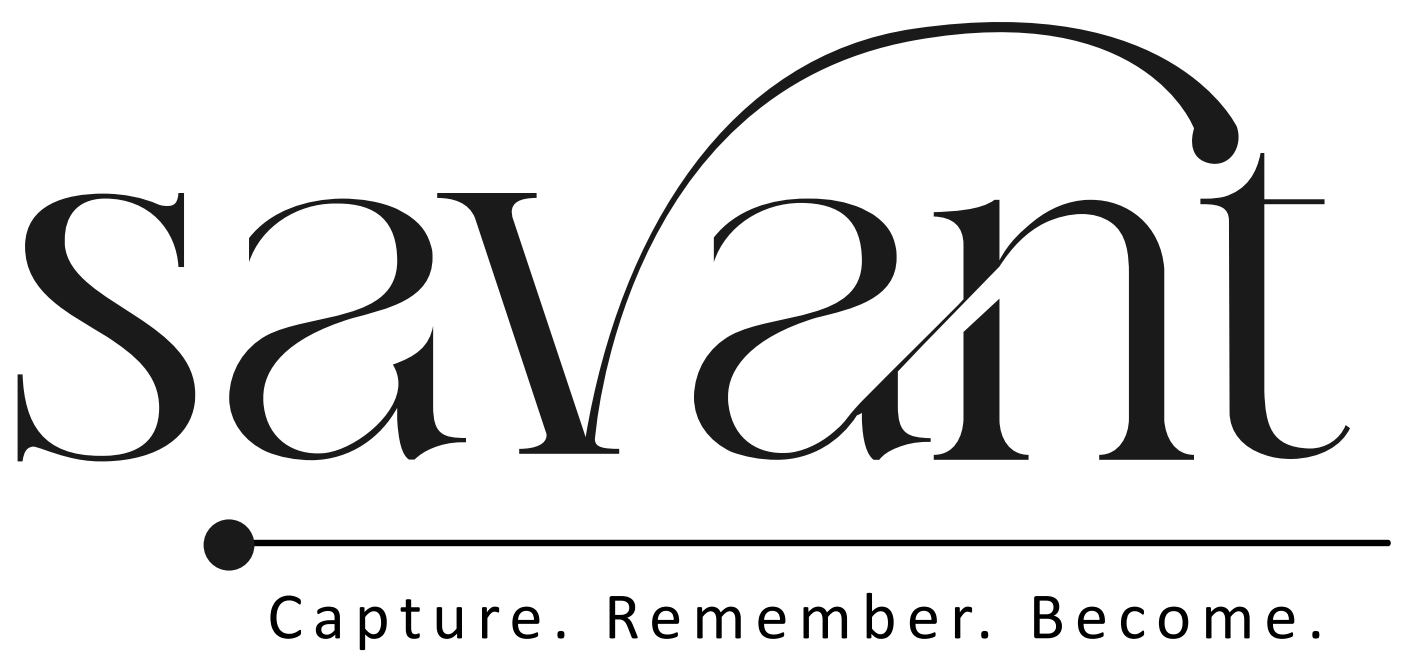Note-taking isn’t just about scribbling down what’s said in class. It’s a skill that, if done right, can really help with learning and remembering stuff. Sure, the old pen-and-paper way works, but there’s a whole world of other techniques in note taking that can make it more effective and even fun. This article looks at different methods, from using visuals and digital tools to active learning strategies. By checking out these options, you can find what works best for you and make note-taking a key part of your study routine.
Key Takeaways
- Visual methods like mind maps can help organize and clarify ideas.
- Digital tools let you mix text, images, and sound for richer notes.
- Active learning techniques, such as spaced repetition, support long-term memory.
- Collaborative note-taking can build teamwork and understanding.
- Customizing notes to your style can make studying more interesting.
Visual Note-Taking Techniques
Visual note-taking can be a game-changer for those who find traditional methods a bit dull. By using images and colors, you can make your notes not only more engaging but also easier to understand.
Mind Mapping for Clarity
Mind mapping is like creating a roadmap for your brain. Start with a central idea and branch out with related concepts. This technique helps you see how different ideas connect, making complex topics easier to grasp. It’s like turning your notes into a visual story that unfolds with each branch.
Using Diagrams and Charts
Diagrams and charts are perfect for simplifying information. Whether it’s a flowchart for processes or a Venn diagram for comparing ideas, these tools can turn chaos into clarity. Here’s a quick look at some common types:
| Diagram Type | Best For |
|---|---|
| Flowchart | Processes and sequences |
| Venn Diagram | Comparing and contrasting |
| Pie Chart | Showing parts of a whole |
These visual aids can make your notes more structured and digestible.
Incorporating Colors and Symbols
Adding colors and symbols to your notes can make them pop and stick in your memory. Use different colors to highlight key points or symbols to represent ideas. For example, a star for important info or a question mark for areas to revisit. This technique not only makes your notes look cool but also helps with recall.
Visual note-taking techniques can turn studying into a creative adventure. Embrace these methods to make learning more fun and effective!
Experiment with these strategies to see what fits your style best. You might find that a splash of color or a simple diagram can make all the difference in your note-taking journey.
Digital Tools for Modern Note-Taking
Exploring Note-Taking Apps
In today’s tech-savvy world, digital note-taking apps have become a go-to for many. These apps offer a variety of features that make capturing and organizing information a breeze. From basic text notes to advanced features like tagging, searching, and syncing across devices, these tools are designed to make your life easier. Evernote, Notion, and OneNote are just a few popular choices. They allow you to keep everything in one place, accessible from anywhere, which is perfect for students and professionals alike.
Integrating Multimedia Elements
Gone are the days when notes were just about words. With digital tools, you can now add videos, audio clips, and images to your notes. This multimedia integration turns your notes into a dynamic resource. Imagine revisiting a lecture note and finding a short video clip that explains a complex concept or a diagram that breaks down a process. It’s like having a mini-library at your fingertips, making learning more interactive and engaging.
Organizing Notes Digitally
One of the best things about digital note-taking is the ability to organize notes efficiently. With features like folders, tags, and search functions, finding what you need is a snap. You can create categories for different subjects, label your notes for easy retrieval, and even set reminders for important deadlines. This level of organization not only saves time but also helps keep your mind clutter-free. So, whether you’re preparing for exams or managing work projects, digital organization is a game-changer.
Embrace the digital revolution in note-taking. It not only simplifies the process but also adds a layer of creativity and engagement that traditional methods can’t match. Dive into these tools and discover a new way of learning and organizing your thoughts.
Active Learning Strategies in Note-Taking

Spaced Repetition for Memory Retention
Spaced repetition is like the magic trick of memorizing. Instead of trying to cram everything at once, you spread out your review sessions over time. Here’s a simple way to do it:
- Review notes right after you learn them.
- Go over them again a few days later.
- Keep revisiting them weekly.
This helps you remember stuff longer and keeps the stress levels down when exams roll around. It’s like giving your brain little nudges to keep things fresh.
Collaborative Note-Taking Benefits
Sharing notes isn’t just about splitting the work. It’s about creating a learning community that supports each other. When you collaborate, you’re not just learning for yourself but helping your peers too. Working together means you get different perspectives, which can make understanding tricky topics a bit easier. Plus, it’s a fun way to make friends!
Working together on notes isn’t just about sharing the workload. It’s about building a community of learners who support each other. With collaborative note-taking, you’re not just learning for yourself, but helping your peers learn too.
Personalizing Notes for Engagement
Making your notes your own can really boost how you learn. Highlighting key points makes them stand out during review. Add little comments or questions in the margins to capture your thoughts. Use symbols like stars or arrows to connect ideas. This not only makes studying more enjoyable but also helps you remember information better. Try different styles and see what clicks for you!
Balancing Traditional and Modern Methods
Finding the right balance between traditional and modern note-taking techniques can really make a difference in your learning. It’s all about mixing the old with the new to suit your personal style and needs.
Handwritten vs. Digital Notes
- Handwritten Notes: There’s something about writing things down by hand that just sticks in your brain. It’s great for memory retention. Plus, it feels more personal.
- Digital Notes: These are super handy for keeping things organized. You can access your notes anywhere, anytime. Apps can help keep everything neat and tidy.
- Best of Both Worlds: Why not try taking notes by hand during lectures, then digitizing them later? This way, you get the benefits of both methods.
Hybrid Note-Taking Techniques
- Cornell Method: Start with this classic approach on paper, then scan your notes into a digital format. It’s structured and efficient.
- Mind Mapping: Begin with a paper map to brainstorm ideas, then recreate it digitally for better organization.
- Visual Aids: Draw diagrams by hand and later use software to enhance them with colors and labels.
Efficiency and Comprehension
- Efficiency: Digital tools save time, especially when you’re searching for specific notes.
- Comprehension: Writing by hand can help you understand and remember concepts better.
- Experiment: Don’t be afraid to try different methods to see what works best for you. Everyone learns differently!
Mixing traditional and modern methods can turn your study sessions into a more dynamic experience. Embrace the change and see how it can benefit your learning!
Creative and Fun Note-Taking Formats
Incorporating Doodles and Art
Who says note-taking has to be all about words? Adding a splash of creativity with doodles and art can make a big difference. Using colors to highlight important points can help them stand out in your memory. Try drawing small illustrations related to the topic—no need to be a Picasso, just something simple that makes the information stick. You can also frame your notes with borders or designs to make them more visually appealing.
Using Bullet Journals
Bullet journals are a fantastic way to keep your notes organized and creative. Here’s how you can get started:
- Track tasks and deadlines with ease.
- Use symbols to mark important tasks or notes.
- Add stickers or washi tape for a personal flair.
Remember, the best note-taking is active, not passive. Engaging with your notes helps you understand what you learn better.
Creating Infographics
Infographics are a brilliant way to mix images and text, making your notes more engaging and easier to digest. They can help you present complex information in a simple, visual format. Consider using infographics to summarize chapters or to break down difficult concepts into bite-sized pieces. This technique not only makes studying more enjoyable but also helps in retaining information more effectively.
By exploring these effective note-taking methods, you can turn the mundane task of note-taking into a fun, creative process. Who knew learning could be so enjoyable?
Tailoring Note-Taking to Learning Styles
Adapting Notes for Visual Learners
If you’re a visual learner, your notes should be a feast for the eyes. Think about incorporating diagrams, charts, and colors to make things pop. Visual elements can turn a dull page of notes into an engaging masterpiece. Try using different colored pens or highlighters to separate topics or ideas. This way, when you look back, everything’s clear and organized.
Auditory and Hands-On Techniques
Auditory learners, listen up! Recording lectures can be a game-changer. You can play them back while commuting or doing chores, making study time flexible. For those who learn by doing, hands-on techniques like writing notes by hand or using physical objects can be super helpful. It’s all about getting involved and making the learning process active and fun.
Finding Your Unique Style
Everyone’s got their own groove when it comes to learning. Experiment with different techniques to find what clicks for you. Maybe it’s a mix of doodling and bullet points, or perhaps you thrive with structured outlines. Don’t be afraid to try new things and adjust as you go. After all, exploring effective note-taking methods is about finding what fits you best and makes studying less of a chore and more of an adventure.
Personalizing your notes not only makes studying more enjoyable but also helps you remember information better. Experiment with different styles and find what works best for you!
Exploring Popular Note-Taking Methods
The Cornell Method Explained
The Cornell Method is a classic way to take notes, especially handy for short meetings or webinars with a clear agenda. This technique divides your page into three sections: a narrow left-hand column for cues, a wider right-hand column for notes, and a summary section at the bottom. During a lecture or meeting, jot down the main points in the notes section. Later, fill in the cues with keywords or questions and summarize the key ideas at the bottom. This method encourages active engagement, as it requires you to process and organize information both during and after the session.
Bullet Journaling for Fast Learners
Bullet Journaling is all about flexibility. It combines to-do lists, planners, and diaries into one neat system. If you’re someone who picks up info quickly, this method might be your jam. Using symbols and abbreviations, you can categorize tasks, events, and notes without getting bogged down in details. This makes it a breeze to jot things down fast and keep everything in order. Plus, you can customize it to fit your style, which is great if you like to mix creativity with organization.
The Sentence Method Overview
The Sentence Method is straightforward: write each new piece of information on a separate line. It’s like making a list of sentences. This method is great if you need to capture lots of details quickly. Each sentence acts as a mini reminder, jogging your memory when you look back at your notes. While it’s simple, it can become overwhelming if you have too much info. So, it’s best used when you need to take notes fast and don’t have time to organize on the fly.
Note-taking isn’t just about scribbling down everything you hear. It’s a way to connect with the material and make it your own. Whether you’re using a structured system like Cornell or a more freeform approach like Bullet Journaling, the key is finding what clicks for you. Try different methods and see what helps you remember and understand best.
Making Note-Taking a Habit
Consistency in Note-Taking
Building a habit of regular note-taking can be a game changer. It’s not just about jotting things down; it’s about making it a routine. Consistency is key to forming habits that stick. Try setting a specific time each day to review and add to your notes. This could be right after a lecture or in the evening when things are quieter. By doing this, you’re not only reinforcing what you’ve learned but also creating a steady rhythm in your study routine.
Reviewing and Revising Notes
Once you’ve got your notes down, the next step is to keep them fresh. Regularly reviewing and revising your notes can help cement the information in your brain. Think of it like gardening; you need to tend to your plants to help them grow. Similarly, your notes need a bit of pruning and care to stay effective. Use this time to clarify any points that are hazy or to add new insights that have come to mind since you first wrote them down.
"The more you review, the more you remember. It’s like giving your brain a workout without breaking a sweat."
Experimenting with Different Techniques
Not all note-taking methods work for everyone, and that’s okay. The fun part is experimenting with different techniques until you find what clicks for you. Maybe you’ll discover that a guide to establishing a daily note-taking or journaling habit fits your style perfectly. Or perhaps a digital approach with apps is more your speed. The key is to keep trying new things and tweaking your approach until you find the perfect fit. Don’t be afraid to mix it up; sometimes the best solutions come from a blend of different strategies.
Wrapping It Up: Embracing New Note-Taking Techniques
So, there you have it! Venturing beyond the usual note-taking methods can really shake up your study game. By trying out different techniques, like adding visuals or mixing up how you review your notes, learning can become more engaging and effective. It’s not just about jotting things down; it’s about truly grasping and remembering the material. Don’t hesitate to experiment and see what clicks for you. With the right mix of tools and a sprinkle of creativity, note-taking can become a powerful ally in your learning journey. Happy studying!
Frequently Asked Questions
What are some fun ways to take notes?
Try doodling, using bullet journals, or creating infographics to make note-taking more enjoyable.
How can I make my notes more personal?
Add highlights, write summaries, and ask questions in your notes to make them more personalized and easier to understand.
Why is spaced repetition important?
Spaced repetition helps you remember things longer by reviewing them over time instead of all at once.
How do digital tools help in taking notes?
Digital tools help you organize notes, add pictures and videos, and easily share them with others.
What are some visual ways to take notes?
Use mind mapping, diagrams, charts, and colors to make your notes more lively and interesting.
How can I mix old and new note-taking methods?
Write notes by hand for better understanding and use digital tools for organizing and easy searching.






